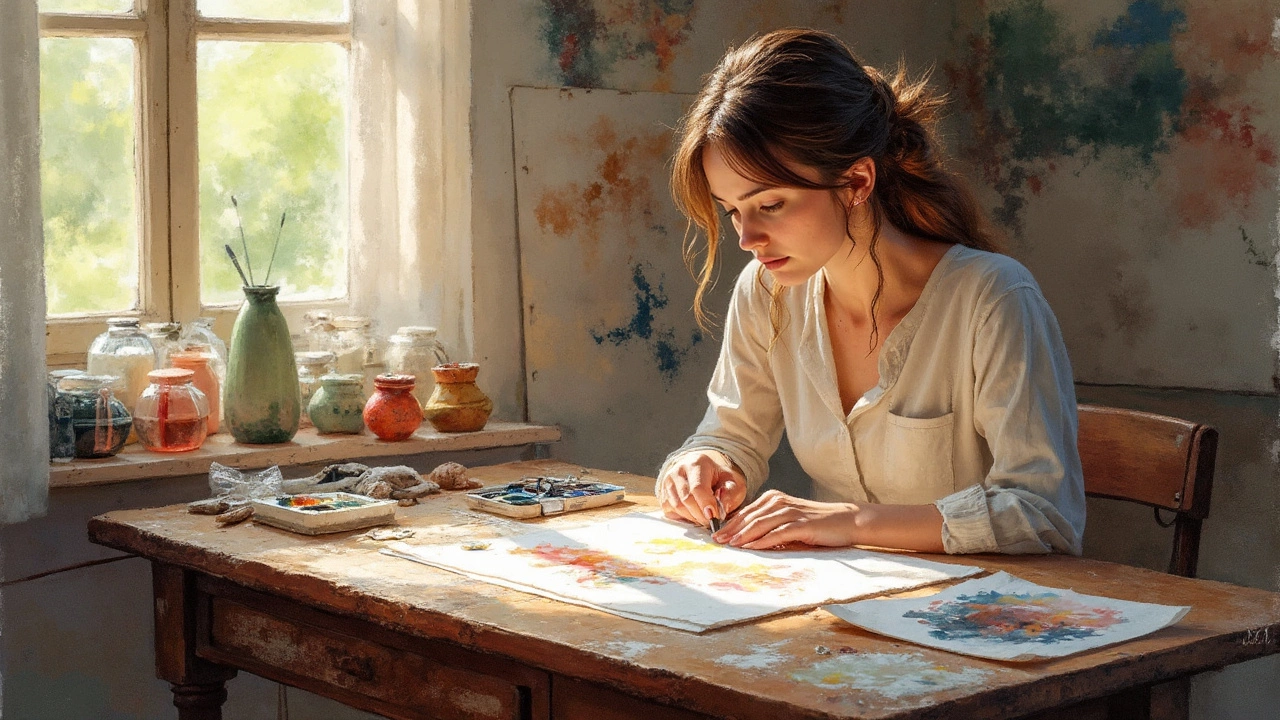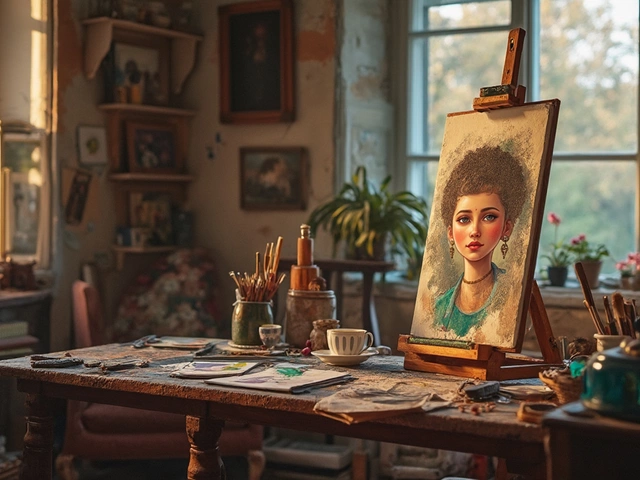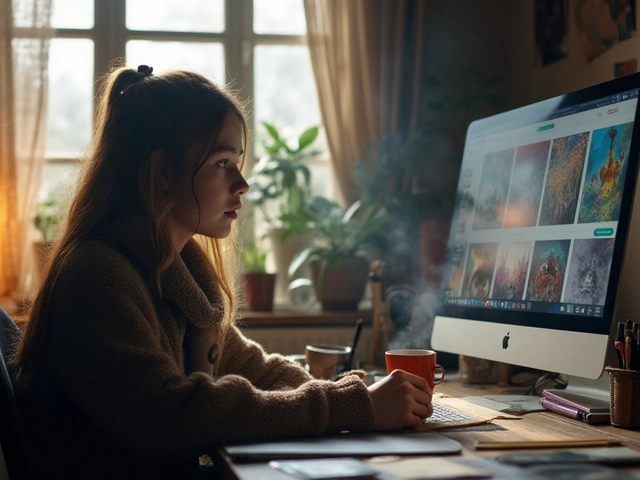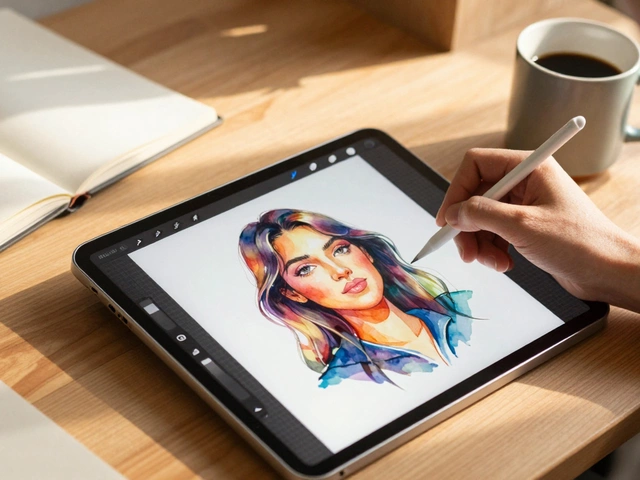Watercolor Weakness: Understanding and Overcoming the Biggest Hurdles
When dealing with watercolor weakness, the set of obstacles that make the medium feel unpredictable. Also known as watercolor challenges, it often shows up as blotchy washes, sudden drying, or colors that won’t blend. Watercolor painting, the art of applying pigment mixed with water onto paper relies heavily on three core elements: the paint, the paper, and the technique. The interaction among these elements creates the classic watercolor technique, methods like wet‑on‑wet, dry brush, and glazing that shape the final look. Understanding that watercolor weakness encompasses uncontrolled pigment flow, uneven drying, and limited correction options helps artists target the right fixes.
Common Pitfalls and Simple Fixes
One of the most talked‑about pitfalls is the way water evaporates too quickly, leaving hard edges before pigments can mingle. This drying time, the period it takes for watercolor to set on the surface directly influences the watercolor technique, because a wet surface lets colors blend naturally. A practical trick: keep a spray bottle nearby and mist the paper lightly between layers to extend the workable window. Another frequent issue is paper quality; cheap pads absorb water unevenly, causing streaks. Investing in a 140‑300 gsm cotton paper with a smooth or cold‑press texture provides a stable base that controls pigment flow and reduces unwanted back‑bleeding. Finally, brush choice matters—soft sable or synthetic brushes hold more water, giving you better control over gradients and helping you avoid the dreaded “hard line” that signals a weakness in technique. By matching the right brush, paper, and moisture level, you can turn a frustrating session into a fluid experience.
Below you’ll find a curated list of articles that dive deeper into each of these areas—how to master wet‑on‑wet blending, ways to keep your pigments vibrant, and expert advice on choosing the perfect paper. Whether you’re just starting out or looking to polish your skills, the posts ahead break down the most common watercolor weakness points and give you actionable steps to keep your art flowing smoothly.

Watercolor painting is beautiful, but it's not the easiest medium to control. This article breaks down the main weaknesses of watercolor and why artists still love it despite these challenges. You'll get practical tips to handle common problems like unpredictability, fading, and paper damage. There's also advice on how to work around these limitations. If you've ever struggled with watercolor, you'll find helpful answers here.





